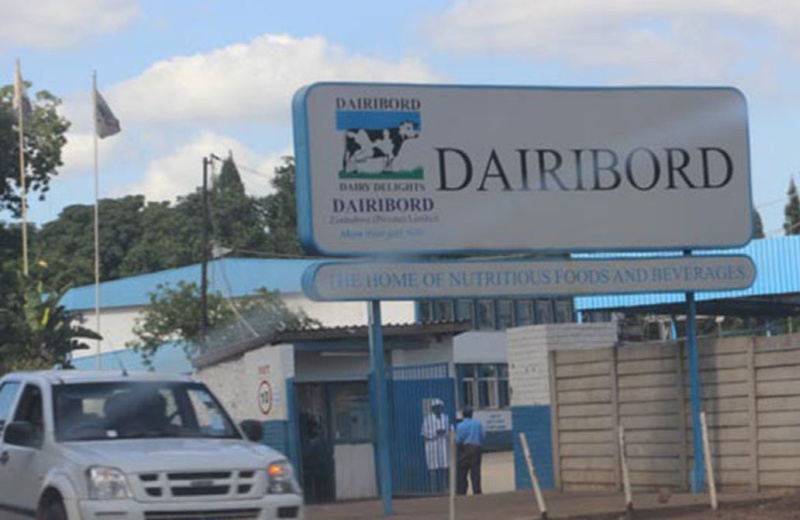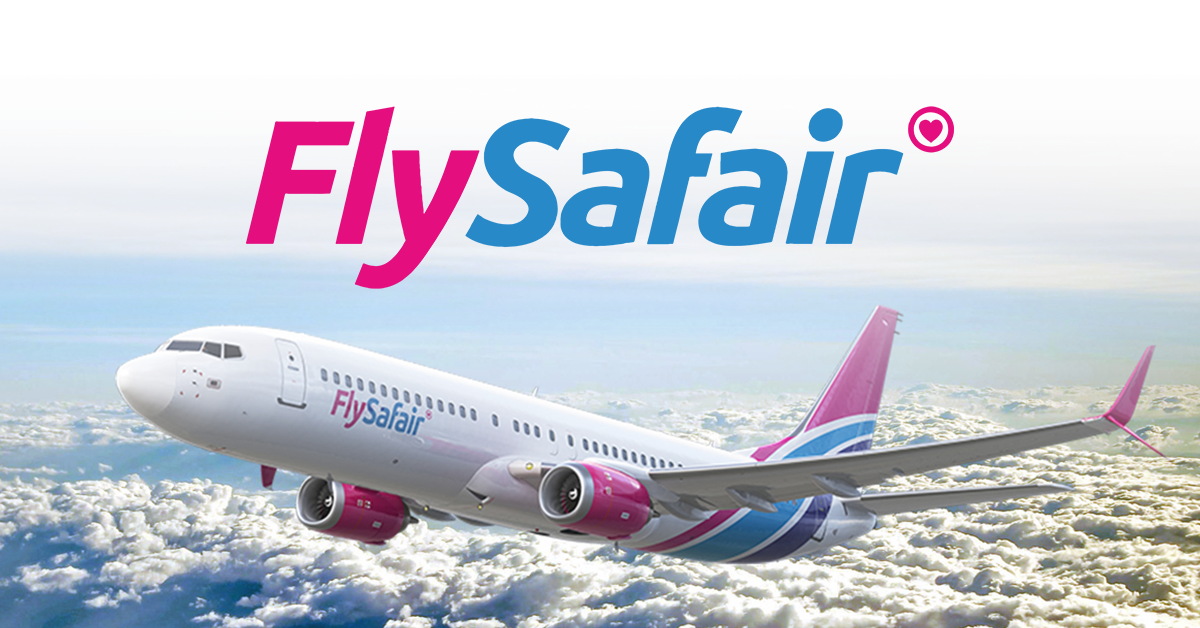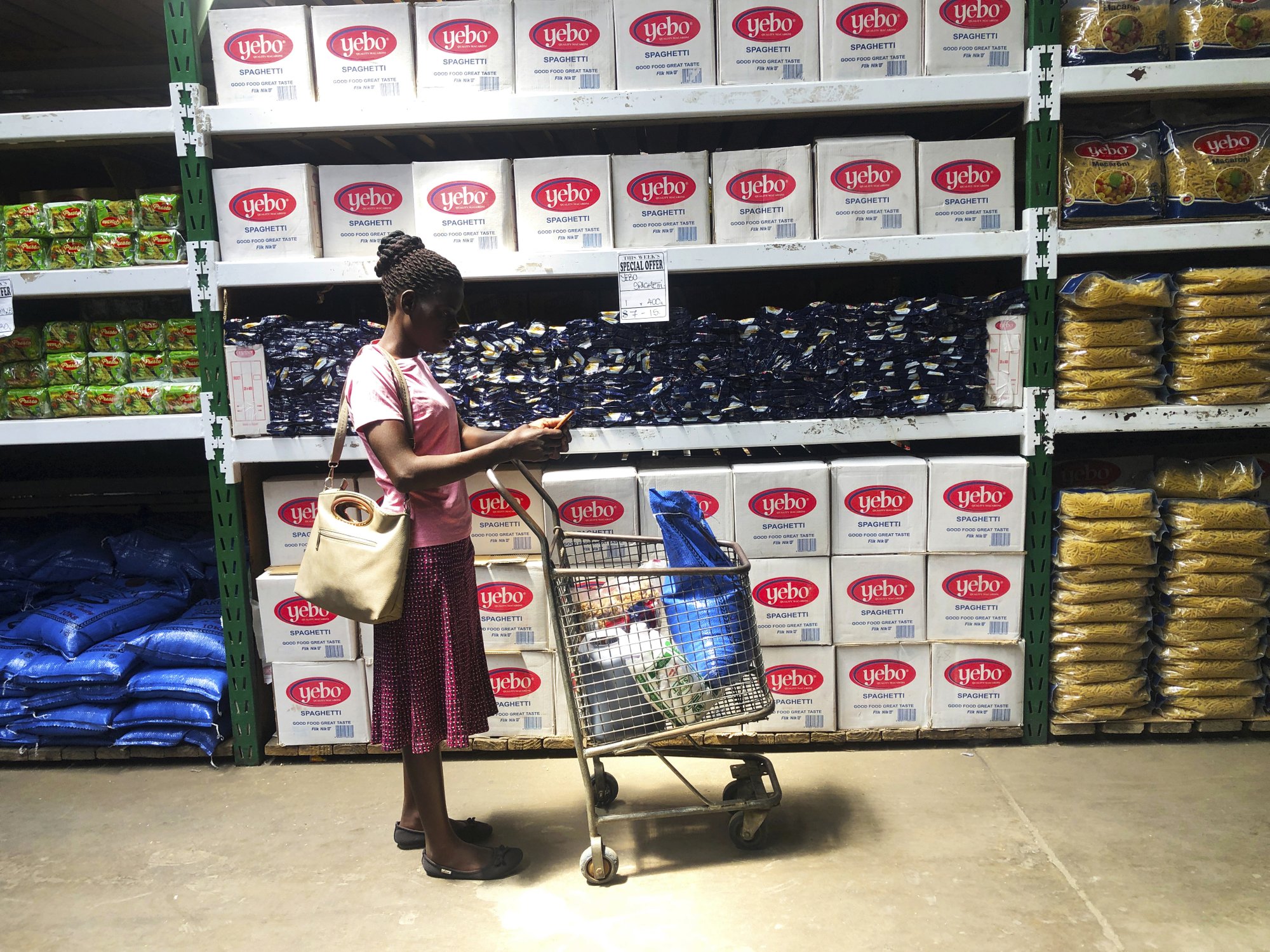‘Focus more on retail development’
THE rapid growth of the wholesale and retail sectors is set to reconfigure the Bulawayo and Harare central business districts as traders are taking much of tradable spaces and property investors are urged to continue to focus more on retail development and less on offices in city centres.
Most buildings in the central business districts of cities and towns are now being converted into small cubicles, which are then leased out to interested occupants.
The model buttresses the growing trend of shopping malls whose sizes differ depending on the location.
The development is also creating good business for the construction sector and its supply chain through renovations and provision of building materials, which creates jobs.
On the other hand, the CBD office space has been facing challenges with voids increasing as businesses migrated to suburban offices or office parks that are cozier.
Imbali Mall
Equities research and advisory firm, IH Securities noted in its latest, Real Estate Sector Report August 2023 that the wholesale and retail sector which is the biggest contributor to the gross domestic product (GDP) at 20.7 percent has shown 10.9 percent growth on a year-on-year basis according to ZimStat.
It said it expects the demand for small spaces to increase and occupancy levels in the CBDs to improve adding that property investors must therefore continue to focus more on retail development and less on offices in the CBD.
“Moving forward, we expect big companies and other formal businesses to continue moving from the CBDs to suburban offices where there is freedom from over-zealous parking attendants and touts and companies can provide individual water and backup power solutions.
“The off-takers of the vacant space will be SMEs. We expect continued repurposing of office buildings in the Harare and Bulawayo CBDs due to the growth of the wholesale and retail sector,” reads part of the report.
On the retail front, IH Securities observed that despite the low consumer disposable incomes in Zimbabwe, the retail sector has been resilient. Informal traders have caused a boom in the retail market and vendors are flooding the CBD to maximise on the high volumes of traffic. According to Knight Frank Zimbabwe, rental rates for retail spaces in the CBD range from US$20.00 to US$25.00 per square metre due to increased demand.
It said rental rates for the suburban locations have generally remained stagnant around US$15,00 to US$20,00 per square metre.
In recent times, there has been a surge in ‘maRunner’ who sell clothes, consumables, and other niche items at a discounted price to drive out higher volumes. These retail traders have driven the demand for space in the CBD.
The average rental yield was 7 percent in 2022.
On industrial real estate, it said the manufacturing sector continues to face competition from imported goods, therefore storage, distribution and logistics for the imported goods has become a predominant use of space.
However, there is currently a short supply of industrial space leaving demand unfulfilled, it noted.
“Rental rates have remained stable at around US$3.00 per square metre per month for units up to 1000 square metres while larger spaces are achieving in excess of US$1.00 per square metre. The average rental yield was 11 percent in 2022.
The securities firm further noted that demand for industrial real estate, particularly warehouses to store imported goods, has been high, outstripping supply.
“We expect industrial rental rates to continue to increase in the future. US dollar inflation currently stands at 8.5 percent. Average rental yield across offices, retail, industrial, and residential was also 8,5 percent in 2022.
“Only industrial real estate outperformed the inflation rate. Assuming all the rentals are being paid in USD, property serves as a great store of value and hedge against inflation.”
Consequently, it said pension funds in Zimbabwe have been increasing their investment into property with 44 percent of total asset value in the last quarter of 2022 in investment property, four percent more than the recommended 40 percent to reduce concentration risk.
“As such, we expect more investment to continue to go into investment property as long as inflationary conditions in the country persist.”chronice.c.zw










